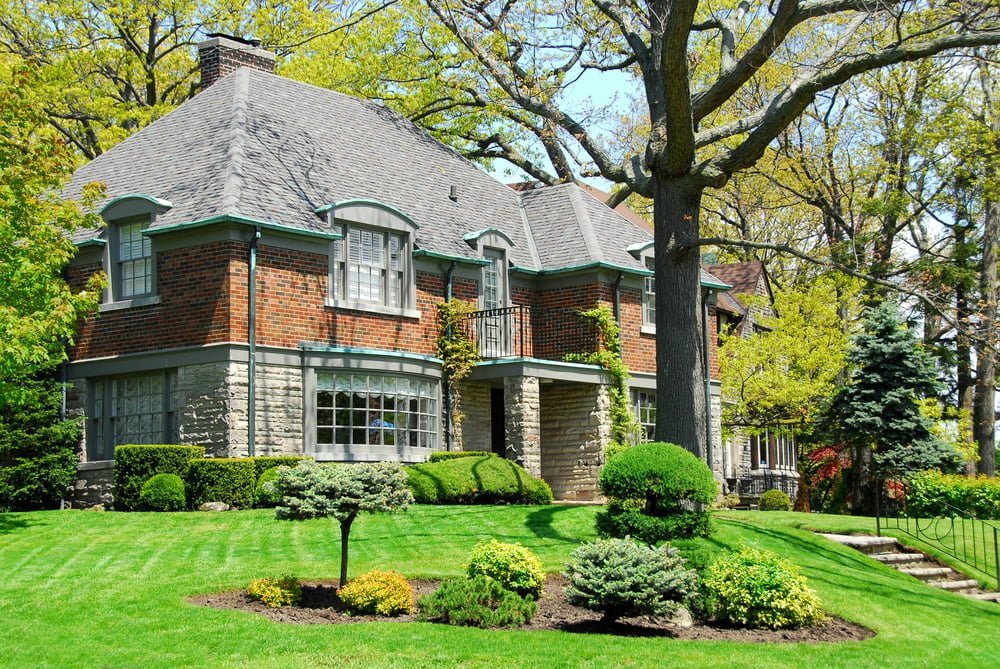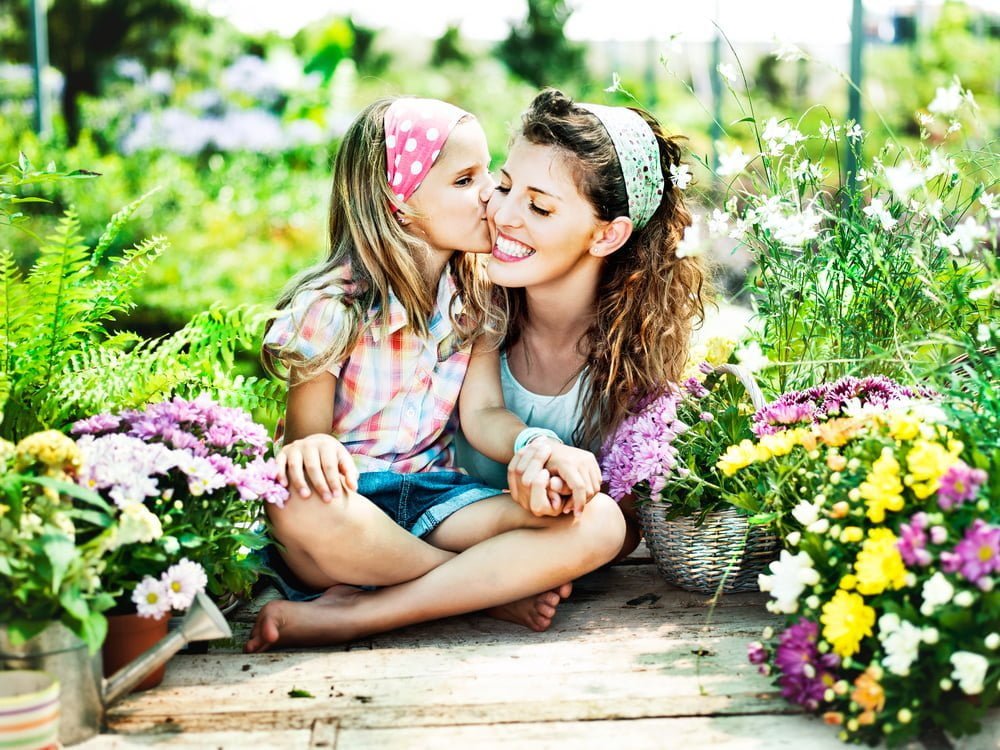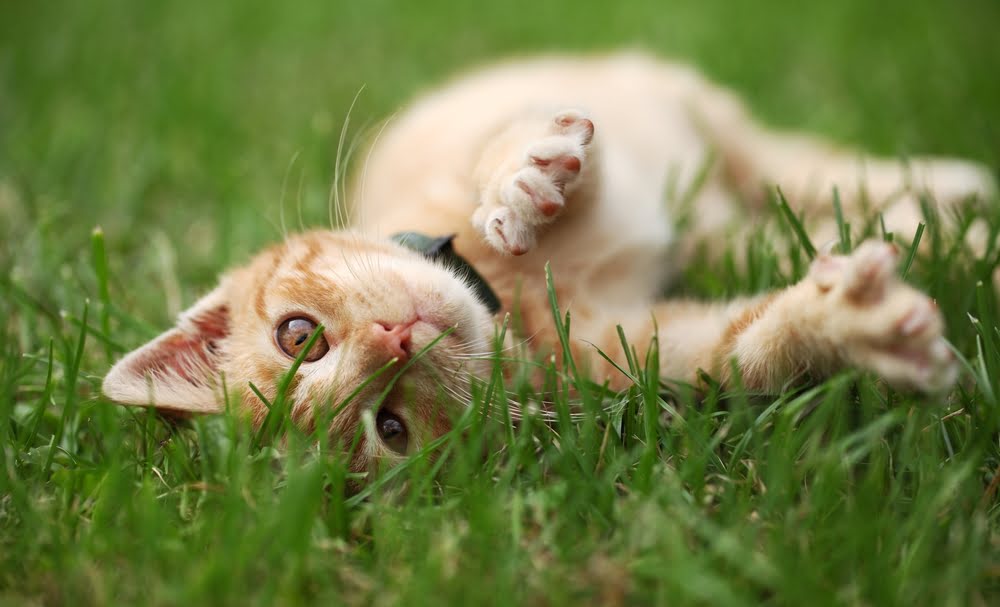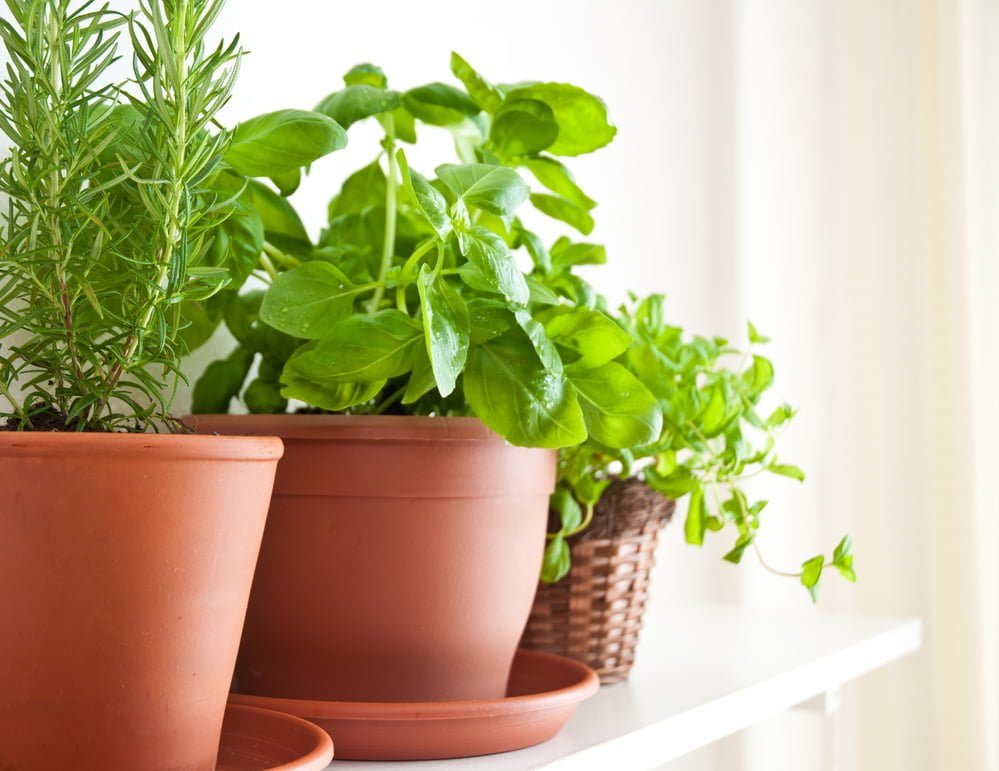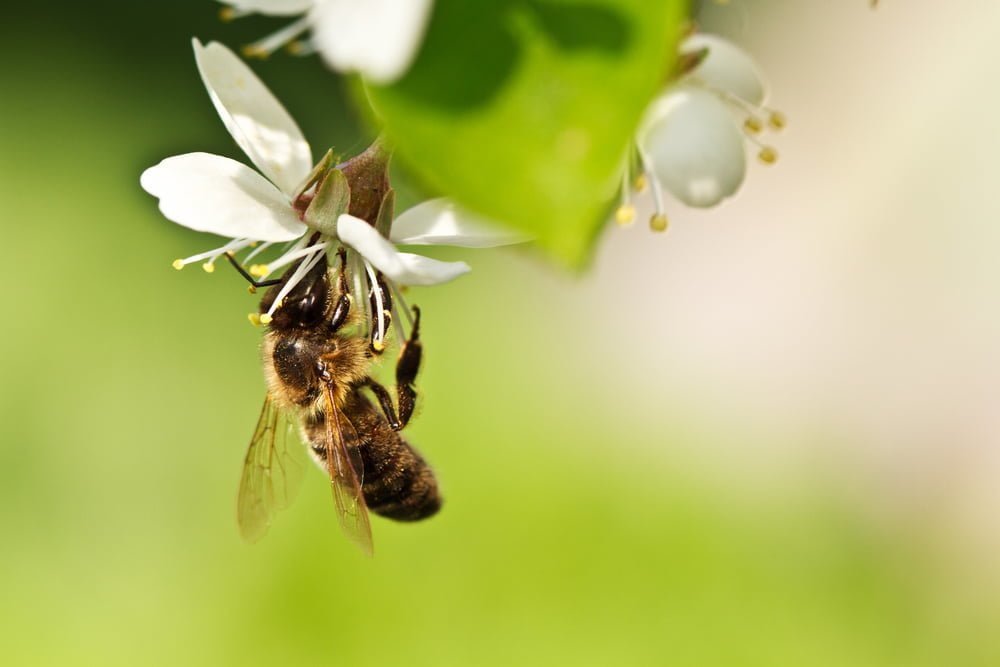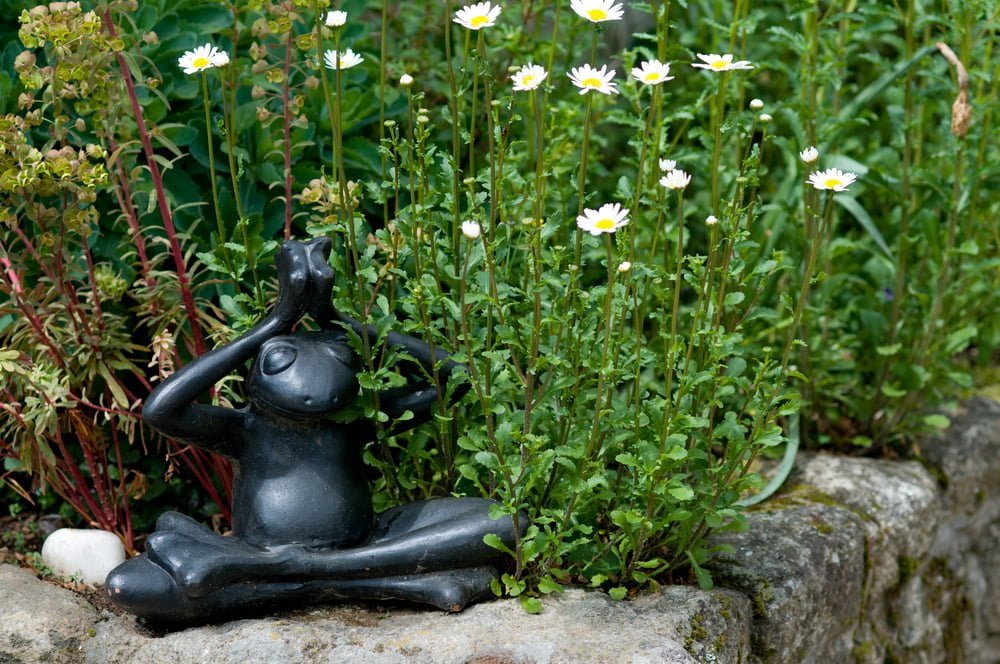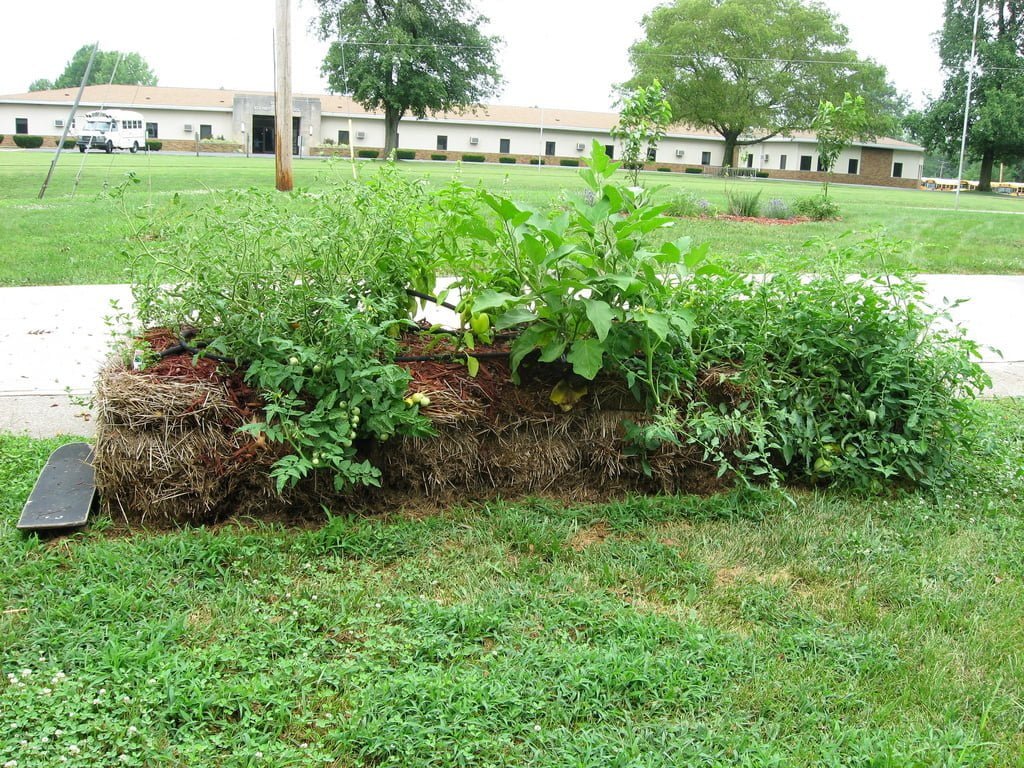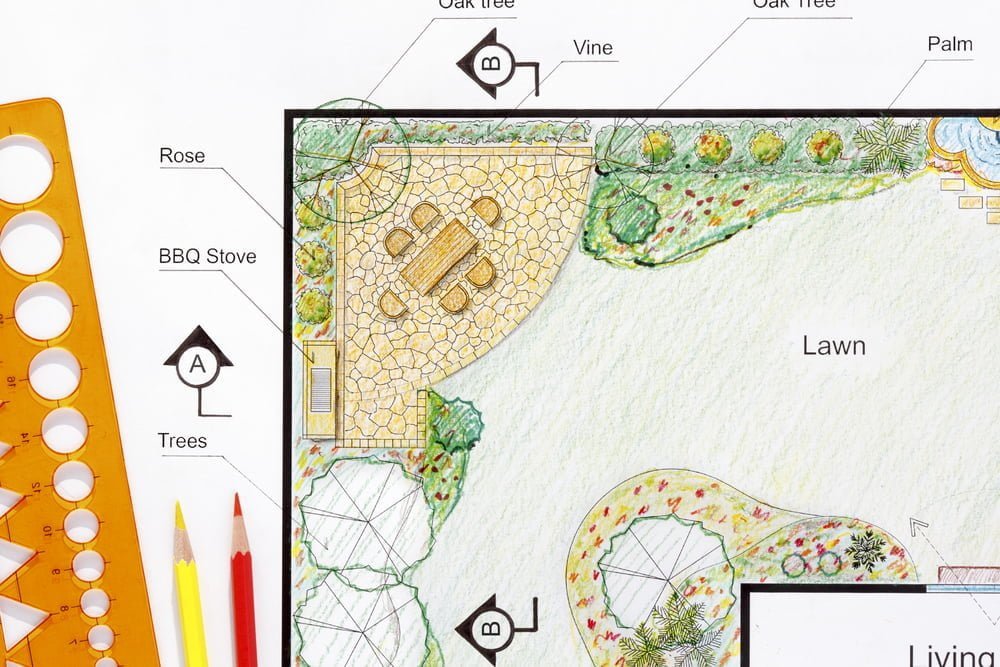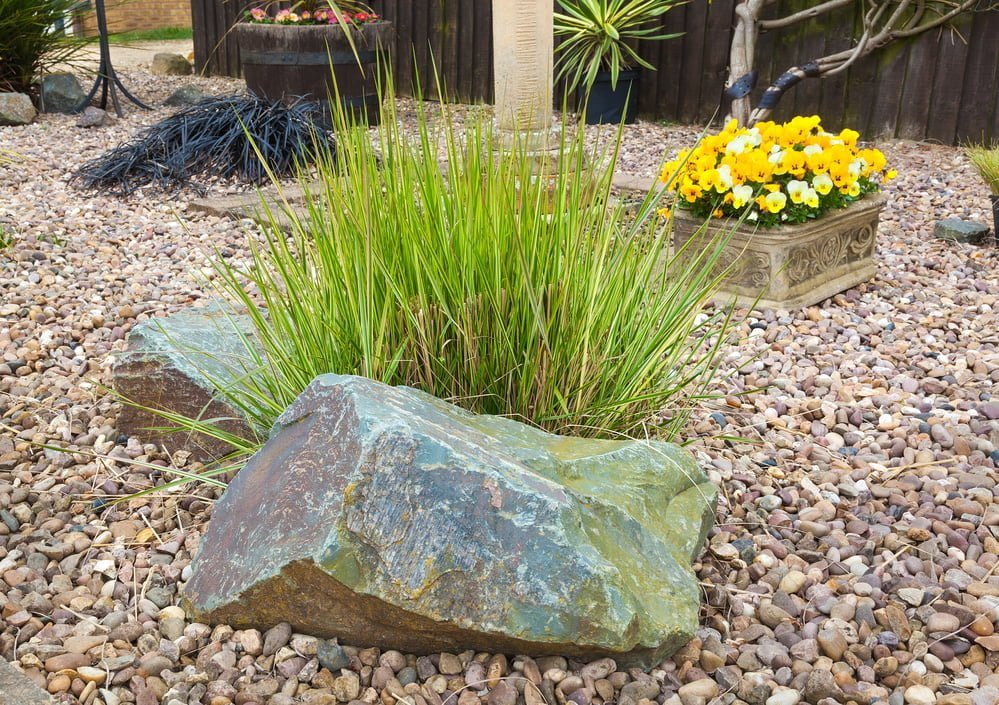
Shrubs, outdoor plants and trees work together to bring life and beauty to our landscapes.
Unfortunately, many types of outdoor plants used in Northern Utah require lots of water, fertilizers and tending. Ornamental grasses are a great alternative, requiring much less care than other species. Even better, these delightful plants require few resources and exert minimal impact on the environment.
Ornamental Grasses Are the Greenest of Outdoor Plants
Ranging in height from six inches to 14 feet, you can choose from a variety of sizes, shapes, colors and foliage types. The require very little fertilization or pest control, and most are considered low-water-use outdoor plants, appropriate for xeriscaping.
Because these grasses can be used in almost any landscaping application – including groundcover and borders – they provide shelter and shade for a variety of desirable native wildlife and beneficial insects.
Pampas Grass and Ornamentals Require Little Care
If you choose the perennial type of ornamental, they will brighten your yard for many years with minimal effort on your part.
Typically, these outdoor plants require no pruning or trimming (unless you care to create specific shapes). Most can be divided as well, once they begin to grow outward from the perimeter, so you can easily and economically expand them throughout your yard.
The Utah State University Extension lists 70 different varieties of ornamental grass that grow well in our area, including feather reed, fountain and velvet grass. Most of these are hardy through the winter but, for those that die off, simply cut the dead foliage back in the spring.
How to Add Ornamental Grasses to Your Landscape
We love our green lawns here in Northern Utah. They’re beautiful to behold and they help keep your home cooler during the summer. Unfortunately, they require tons of maintenance, chemicals and water.
You don’t have to give up on your turf entirely, but why not consider switching some of it out for ornamental grasses?
If you have bare spots or patchy areas that are difficult to keep green, add a few ornamentals to the area instead. They will fill in the bare spots and provide visual interest.
In your outdoor plant beds, replace some of your annual flowers with pampas or other grass plants. Be sure to choose plants that are appropriate for the amount of sunlight and space they will have available, as some varieties can grow quite large.
Otherwise, simply choose your favorite colors, sizes and shapes and have fun!
Millcreek Gardens understands the importance of lowering the environmental impact of landscapes and gardens. At our expansive Salt Lake City garden center and greenhouse, we have tons of ideas for creating a lush, green landscape while cutting back on the need for water and chemicals.
Stop by and see us this weekend, and let us help you with all of your trees, flowers and outdoor plants.



